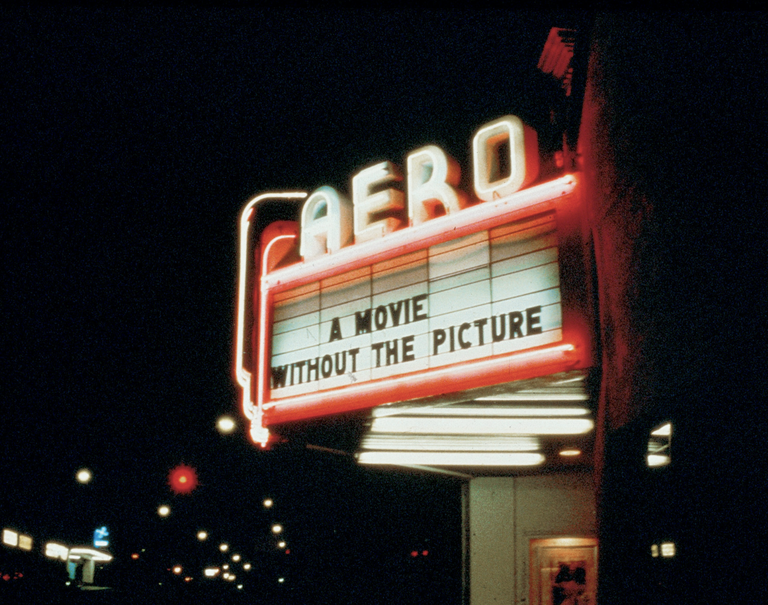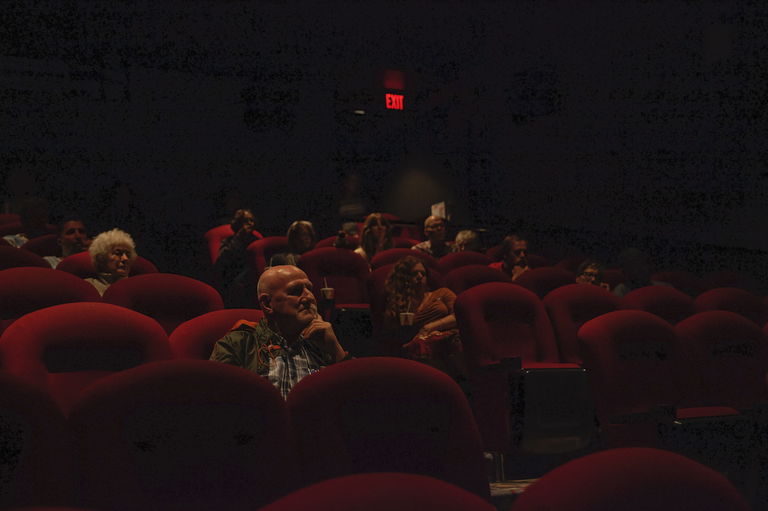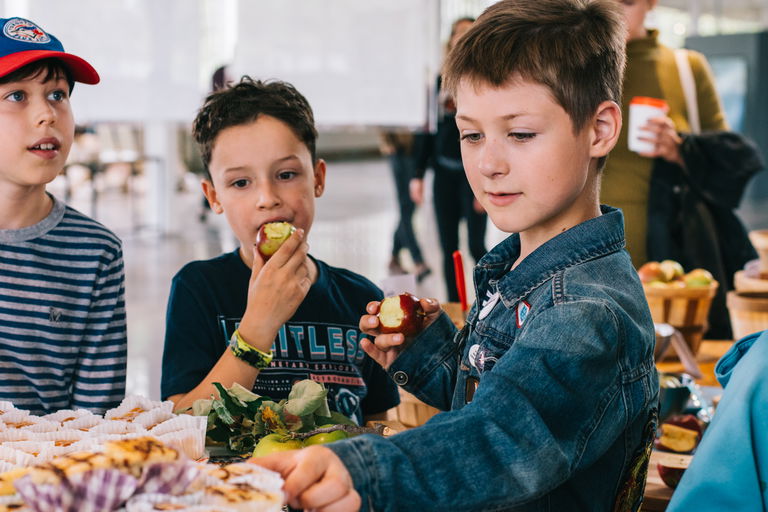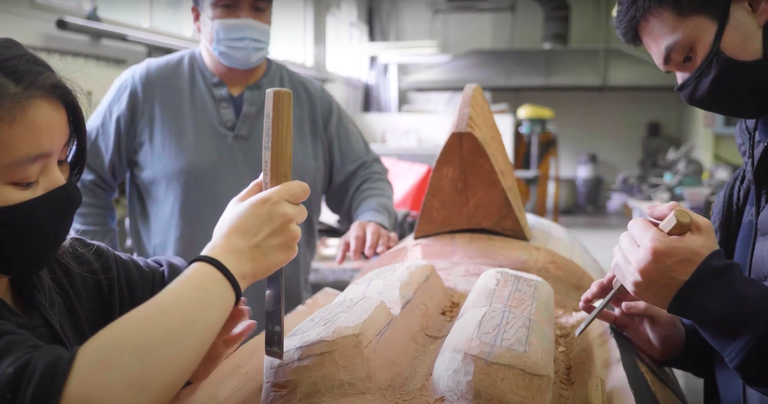
Concepts and Participation: Reflections on an Exhibition
Dave Dyment
Jan 8, 2020
Concepts and Participation: Reflections on an Exhibition
Given that the five works of DO BLUE BUTTERFLIES EAT PARTS OF THE SKY? were spread out across the province, and sometimes took place simultaneously, it’s highly unlikely that anyone was able to see the exhibition in its entirety. I didn’t. Knowing this would be the case, the works were selected - at least in part - for their ability to resonate beyond the participatory experience. It was important that they were conceptually compelling enough that one could attend one or two events, and contemplate the others.
In previous writings about the exhibition (here and here), I wrote about wishing to foreground common aspects of family-friendly public programming, such as ‘participation’ and ‘interactivity’, both of which I view with a fair amount of skepticism. Rather than acting as guidelines, these could serve as subject matter.
Another common tenet of public programming events like Ontario Culture Days (and Nuit Blanche (1)) is that they are typically free-of-charge. The question “what does it mean when something is free?” feels particularly pertinent in the current information economy (2). There’s a justified deep-rooted suspicion when goods and services one would expect to pay for are free, and we wonder about the trade-off. So the ‘concept of free’ became another subject matter of sorts.
For example, the buses in Bancroft, Brockville and Newmarket that were part of Alex Snukal’s Consensus Bus would take passengers anywhere they wished to travel, provided that everyone on board - including the driver - agreed on the destination by consensus. Complete consensus. Not a show-of-hands majority.

I was unable to attend any of the Culture Days buses (3), but rode the Consensus Bus three times many years prior, when it was first presented in Sackville, New Brunswick. On the first day there was a convivial spirit and some easy-to-agree-upon destinations, such as the beach and the liquor store. By the final day disagreement and discontent had set in. I recall a particularly contentious argument between half of the riders who wished to go to a cafe for lunch, and the other half who did not. The compromise was an extremely short visit which pleased no one (those who didn’t wish to go still had to, and those in favour were deprived of a visit long enough to leisurely enjoy their coffee and cake). A fireworks store across the street provided a simple solution everyone could agree upon, and after our purchase we drove to an abandoned bridge and set them off, allowing the day to end in a celebratory manner.
The onboard disputes do not weaken the piece, they strengthen it. The project functions as a working model of consensus (both the cost and benefits) and convey more about the concept than a dozen academic studies.
A free haircut has mostly pejorative connotations: a half-assed job done by a thrifty relative, or maybe a frugal visit to a student salon at a cosmetology school, where hairdressers-in-training hone their craft on fearful subjects. I imagine you sit down and cross your fingers that your stylist is nearing graduation, and won’t do too much damage.
Haircuts by Children by Mammalian Diving Reflex takes this several steps further. The haircuts are free, but they’re by a ten year old.

I watched in admiration as adults sat down and handed over agency to the children (I can pretend that my shaved head precluded my participation, but if I’m being honest I likely would have been reluctant regardless). My partner tentatively proposed having a very small area of her hair coloured, not cut. The child stylist conceived of an ingenious method to ensure that only an isolated area of a single braid was coloured, leaving the rest untouched. The creative problem-solving at play reminded me of a central conceit of the work - that there is lots to learn from children.
One can often watch artists’ film and videos free in gallery and museum spaces, on uncomfortable benches, and without popcorn and pop. But a movie theatre experience can be costly. For Aislinn Thomas - whose practice aims to challenge conventional standards of access - the venue was an integral part of the work.

For PHOTOPHAGIA, Thomas repurposed an obscure documentary from 1979 called The Secret Life of Plants, enlisting the help of florists, biologists, farmers and gardening enthusiasts to record interpretative audio for the film. These personal responses, which challenge the objectivity of descriptive audio techniques typically provided for the visually impaired, intermingle with the soundtrack of the film, which is shown without its image. 
Thomas invested PHOTOPHAGIA with nuance and richness, and I was fully confident it would be great, but I found myself a little unprepared for how truly moving it turned out to be.
Diane Borsato’s Orchard, a group of extraordinary rare apple trees planted and presented as a public sculpture will ostensibly provide free food for years to come. The launch event, produced in partnership with the City of Mississauga’s Small Arms Inspection Building and the Toronto Biennial of Art, was also a testament to the way that food can bring people together. The Small Arms building was packed with people all afternoon, for an apple tasting, presentations by orchardists and free Syrian apple cake made by Newcomer Kitchen (4) . The next day the trees were quietly planted without fanfare and the sculpture will unfold over decades.(5)

I think of the work as primarily a living museum of odd apple varietals, but it also points towards the practice of community gardens and concerns around food security.
Kelly O’Brien’s 16mm film How Does Life Live? is the outlier here (it’s obviously not interactive, for example) but also ties the exhibition together in other ways, and provides it with its title. The work showed footage of O’Brien’s two daughters playing on a farm with a voice-over by the youngest asking innocent, yet complex questions, while making us wonder about our own childhood imagination and sense of discovery. It’s a gentle collaboration with children that doesn’t condescend. It’s sweet, smart, heartbreaking and funny, and if you haven’t seen it you should, right now. It can be watched here, at the New York Times website.
Public programming is ultimately populist by nature, and I wonder - after the fact - if my goal was to try to deliver under these parameters, but also poke and prod at them a little. Because as much as I’m in wholehearted agreement that art can and should try to reach larger and larger audiences, it can also aim for a larger impact on a smaller one. For example, I can’t imagine anyone in attendance at Photophagia watching cinema the same way again. And if I think of the ‘audience’ for Haircuts by Children as not just those who nervously sat for a new hairstyle and the bemused spectators, but the children themselves, the impact is immeasurable.
The salon ‘performance’ was only a few hours long, but the kids worked with Mammalian Diving Reflex’s Tina Fance in the days leading up to the event, and she expertly navigated a balance between teaching these children, and collaborating with them. The kids took charge of every aspect of the event, not only wielding scissors but also manning the reception desk and scheduling appointments, creating promotional flyers, and counting and recounting the cash from their lemonade stand sales. I watched one child finding himself with a rare free moment and taking it upon himself to find a broom to sweep up some of the hair. It was like watching them teach themselves teamwork and an entrepreneurial spirit.
A few weeks prior I had met a man in his early twenties who excitedly shared with me how participating in a different Mammalian Diving Reflex project a decade ago had literally changed his life. Witnessing the Haircuts by Children event take shape, I realized that his sentiment was not mere lip service.
1. Ontario Culture Days Executive Director Ruth Burns and I first worked together on Edmonton’s inaugural Nuit Blanche, which she and some colleagues had spearheaded, and which I was invited to curate.
2. In 2010 a Metafilter commenter named blue_beetle posted a thought that quickly became an axiom in regards to social media and online platforms: “If you are not paying for it, you’re not the customer; you’re the product.” The adage “There’s no such thing as a free lunch” dates back at least as early as the 1930s.
3. For a province-wide exhibition I felt it was important to have exhibiting partners beyond the usual suspects of the provincial capital.
4. Newcomer Kitchen is a nonprofit organization in which Syrian refugee women cook weekly meals, with the proceeds shared among the cooks. For more information, visit the host restaurant’s site, here.
5. Download the accompanying publication, designed by JP King, here.





